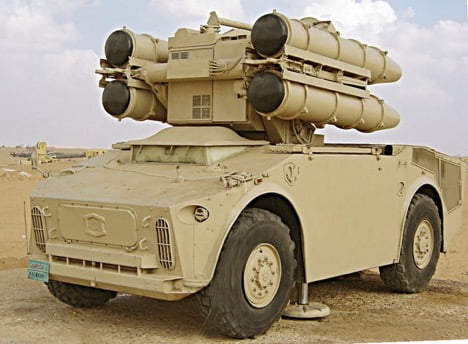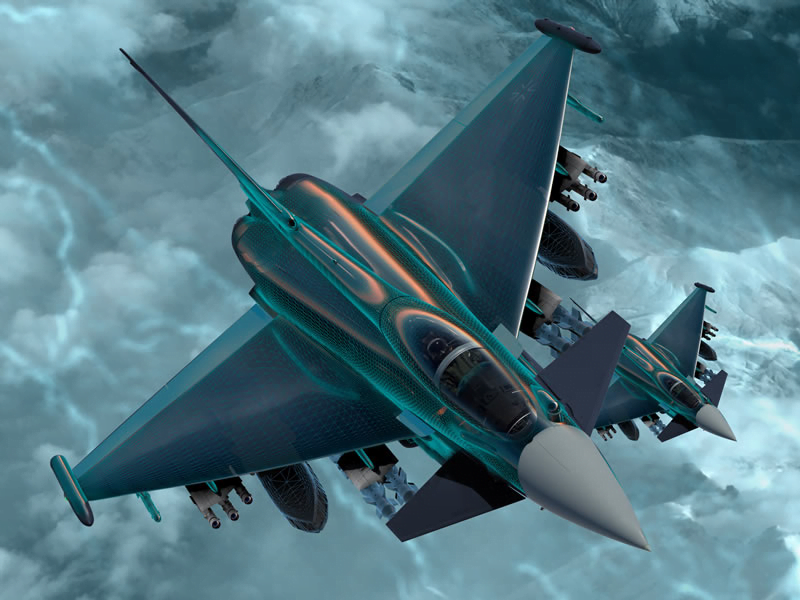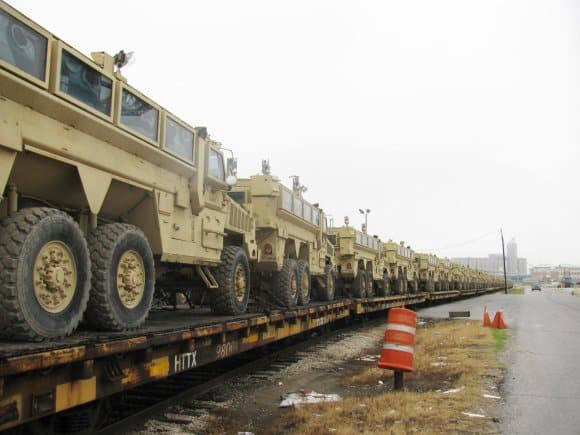Debalina Ghoshal
Cyber theft committed by China is not new and the country continues to violate commitment that it had made with the United States that it would not indulge in any cyber thefts.
These thefts not only include intellectual properties but also crucial weapon systems to name a few thus becoming a threat to the United States. in 2009, when the US oil companies like Marathon Oil and Exxon Mobil were victims of cyber espionage, it was assumed that the possible culprit could have been China or Russia.
As late as the June 2018 reports, China continues to steal intellectual property and trade secrets from the United States companies for its own economic development. China in the past has made attempts to hack information on US nuclear warheads.
Most recently, in June 2018, it has been reported that China has gained access to secret information of US project ‘Sea Dragon’ that would provide them crucial information on US submarines and anti-ship missiles- crucial for deterrence and developing counter-measures especially as China and the United States are involved in the South China Sea confrontation.
According to reports, China stole 614 gigabytes worth information relating to sensors, submarine cryptographic systems along with information on Sea Dragon project. In February 2019, there were reports that Iran and China have renewed their cyber-attacks against the United States.
The US also accuses China of attempting to steal crucial information on the F-35 Joint Strike Fighters (a reason why it is believed China was able to develop the indigenous Chengdu J-20) as well as the Patriot air and missile defence systems.
Other than this, the United States also accuses China of infiltrating an organisation with connections the THAAD missile defence system in South Korea- a move by the United States that China vehemently opposes. Such cyber thefts would enable China to develop counter measures against these weapon systems by studying the weapon systems of the United States in detail.
They are also accused of obtaining designs for several other weapon systems like Aegis Ballistic Missile Defence System, Littoral Combat Ship and also electromagnetic rail guns.
China’s medium of cyber theft includes- stealing secrets including computer software source codes, chemical formulas, and technology can be used in weapon systems. Other than this, technological \know-how is gained by joint ventures and purchases of companies, academic and research partnerships and front companies that “obscure the hand of Chinese government.”
As regards China’s hacking of crucial weapons systems, according to Annual Report to Congress: Military and Security Developments.
Involving the People’s Republic of China 2013, “China utilised its intelligence services and employed other illicit approaches that involve violations of U.S. laws and exports to obtain key national security technologies, controlled equipment and other materials not readily obtainable through commercial means or academia.” The same year, the Obama Administration had also confrontedPresident Jinping on the issue of cyber espionage conducted by China. In 2014, some People’s Liberation of Army (PLA) officials were accused of stealing trade secrets from Westinghouse, U.S. steel and other companies.
Despite the hue and cry of the United States, China continues to violate the 2015 bilateral accord with the United States and such cyber thefts have been reported even in November 2018. The bilateral agreement was signed by China after coercion by the United States in which Beijing agreed to not to steal each other’s intellectual property for commercial gain. The bilateral agreement of 2015 between the United States and China became a much needed arrangement especially as in 2013, the Commission on the Theft of American Intellectual Property estimated that 50-80 percent of the cyber thefts were performed by China.
Not only the United States, but China inked similar bilateral deals with Australia, Canada and the United Kingdom. However, owing to the recent trade war between the United States and China, China has resumed hacking of US confidential information and this level of hacking has only become more sophisticated and stealthier.
According to US senior adviser for cyber security strategy at the National Security Agency (NSA), Rob Joyce, “it is clear they were well beyond the bounds of the agreement today” that was forged between the two countries.
Though Chinese have denied this allegation, private sector cyber security firms have confirmed that China’s cyber theft activities have increased over the years especially since the Trump administration came into power and since China and the United States have been mired into trade war.
This increase in cyber thefts occurred despite Chinese President Xi Jinping’s positive view of the bilateral agreement and in 2015 he stated, “China and the United States are two major cyber countries, and we should strengthen dialogue and cooperation. Confrontation and friction are not the right choice for both sides.”
One of the reasons why China is so capable of tactfully performing cyber espionage is due to the government’s effort in concentrating on development of science and technology, and research and development.
This is no surprise as China’s assassin mace weapon strategy whereby it aims to defeat greater powers with both offensive and defensive technologies.
Cyber operations form a major component of China’s assassin mace weapon strategy to strengthen its deterrence vis-à-vis the United States.
Like always, China continues to deny these allegations of cyber espionage. According to Chinese Foreign Ministry Spokesperson, Lu Kang, the accusations are “purely out of ulterior motive that some companies and individuals in the United States use so-called cyber theft to blame China for no reason.”
US Counter Measures
The United States on the other hand, has come out with a new cyber security strategy in 2018 that would include the strategy of strengthening the organisations that include‘ critical infrastructure.’
Imposing sanctions on Chinese hackers and hacking agencies is another way that the United States is making an effort to deter China.
Not only this, its strategy also includes ‘naming and shaming’ those cyber attackers as well as the countries supporting such activities.
Organisations like the Department of Defence and NSA can counter attack overseas sources of attacks with greater ease now according to the strategy.
The military division has also started with Twitter account that discloses the malwares they have discovered in order to deter hackers from hacking critical information.
Conclusion
Despite the cyber security strategy that the United States has adopted, there is little doubt that the US is vulnerable constantly to Chinese cyber-attacks and espionage. Its weapon systems and intellectual property are under constant threat jeopardising its security.
Debalina Ghoshal is a Non Resident Fellow, Council on International Policy, Canada and an Asia Pacific Fellow, EastWest Institute
The featured image comes from the following source:







